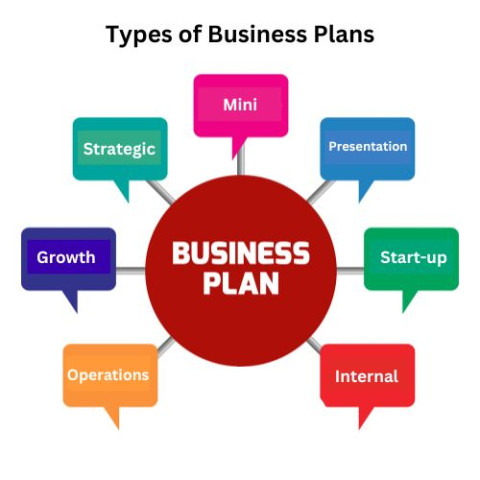How to carry out a SWOT analysis
How to carry out a SWOT analysis
Whether you're launching a new venture, considering an expansion, or evaluating the current status of your business, a SWOT analysis can be an invaluable tool. Standing for Strengths, Weaknesses, Opportunities, and Threats, a SWOT analysis provides a clear and structured way to examine both the internal and external factors that can impact your business.
1. What is a SWOT Analysis?
A SWOT analysis is a strategic planning tool used to evaluate the Strengths, Weaknesses, Opportunities, and Threats involved in a project or business venture.
It involves specifying the objective and identifying the internal and external factors that are favourable and unfavourable to achieving that objective.
2. How to Begin
Before starting your SWOT analysis, clearly define your objective.
Are you evaluating the viability of a new product? Assessing the current position of your entire business?
Once the objective is clear, gather a diverse group from various departments to ensure multiple perspectives.
3. Strengths (Internal, Positive Factors)
What does your team excel in?
Do you have financial, intellectual, or physical resources that others don't?
What makes your product or service stand out (USP)?
4. Weaknesses (Internal, Negative Factors)
Are there skills your team lacks?
Is there a financial, physical, or intellectual resource constraint?
What parts of your business need enhancement?
5. Opportunities (External, Positive Factors)
Are there trends you can capitalise on?
Can new technologies or economic factors be leveraged?
Are there shifts in consumer behaviour that can benefit you?
6. Threats (External, Negative Factors)
Who are your direct competitors, and what are they doing?
Are there any upcoming laws or regulations that might impact you?
How might economic slumps affect your business?
7. Compiling the Analysis
Draw a large square and divide it into four sections, labelling each as Strengths, Weaknesses, Opportunities, and Threats. L
List the points you've identified in each quadrant.
8. Making Use of Your SWOT
Once your SWOT analysis is complete, it's time to act on it:
Maximise the use of your strengths to capitalise on opportunities and counteract threats.
Develop plans to improve or mitigate the areas where you're vulnerable.
Prioritise which opportunities can have the most significant impact and allocate resources to pursue them.
Create strategies to minimise the potential damage from threats.
A SWOT analysis isn't just about listing strengths, weaknesses, opportunities, and threats; it's about understanding how they interrelate and how you can devise strategies around them. By frequently conducting and updating your SWOT analysis, you'll ensure that your business or project remains agile, proactive, and poised for success.

September 30, 2023
Choosing the right type of business plan
Types of business plans Choosing the right business plan is crucial as it t...
5 min read

September 20, 2023
Verify your vegan business idea
Verify your vegan business idea What are your personal reasons for starting...
5 min read

September 19, 2023
The importance of a vegan mission statement in 8 easy steps
The Importance of a vegan Mission Statement In the dynamic landscape of bus...
3 min read


